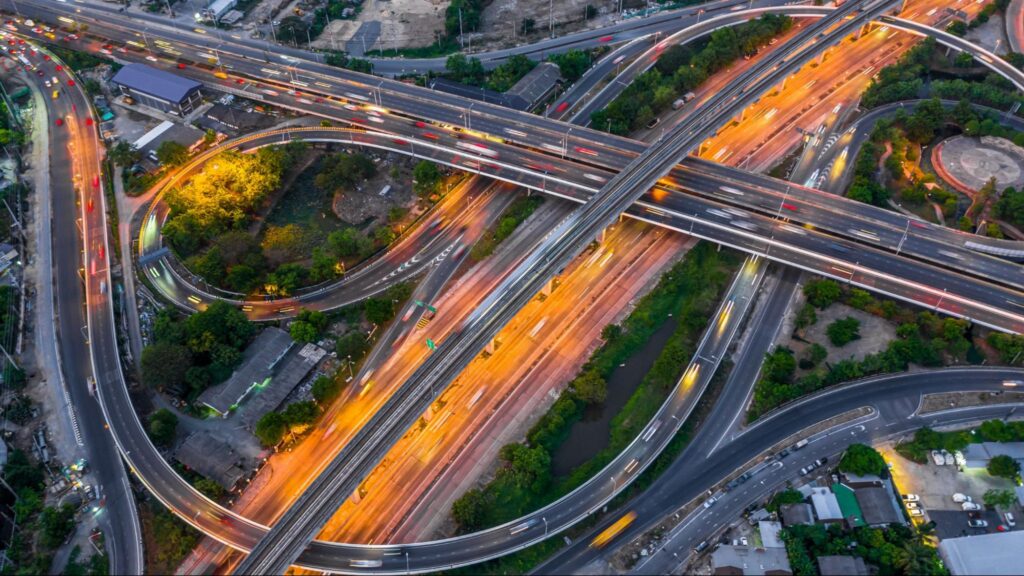Smart cities represent the future of urban living, where sustainability, efficiency, and technological innovation converge to support growing populations. A robust infrastructure—particularly for water and wastewater management—is the bedrock of this vision, ensuring public health, safety, and quality of life. However, traditional repair methods that rely on extensive digging are slow, costly, and clash with the modern city’s need for minimal disruption. As urban centers contend with infrastructure built for smaller populations, they require innovative solutions to upgrade aging systems without interfering with daily life.
Trenchless pipe repair offers an advanced, minimally invasive solution perfectly aligned with smart infrastructure goals. By rehabilitating underground pipelines through techniques like internal lining or bursting, this approach drastically reduces excavation, environmental impact, and logistical complications. With the capability to restore and strengthen critical underground pipelines with minimal digging, trenchless methods are an ideal fit for the smart city model. In this article, we explore how these technologies overcome urban challenges, support smart city initiatives, and pave the way for resilient infrastructure.
The Urban Infrastructure Challenge
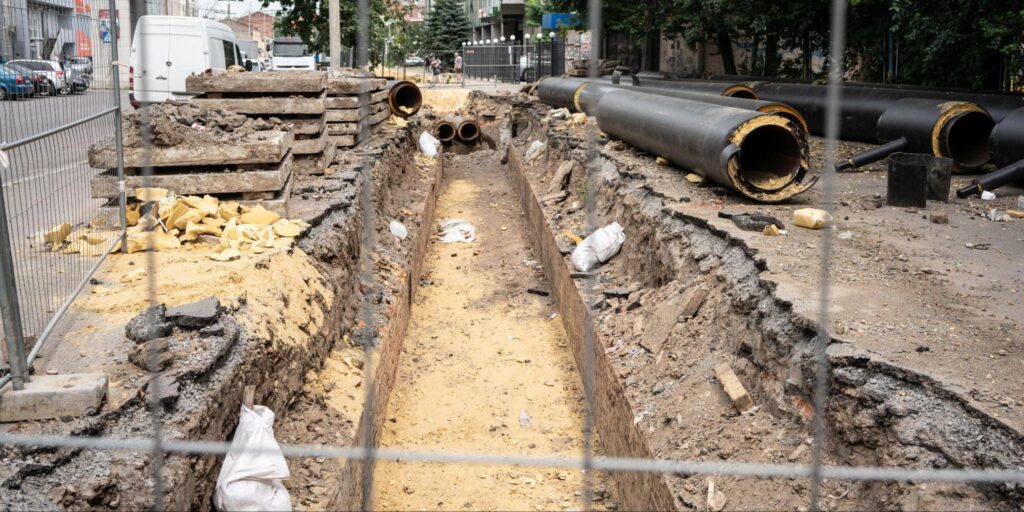
Many sewer and water systems were built for smaller populations and now face issues such as corrosion, recurring leaks, and capacity overloads. Upgrading these systems using traditional methods involves significant financial and operational burdens that disrupt everyday life. With rapid urbanization, cities must find scalable and less intrusive repair methods to navigate growing service demands.
Aging Systems and Increased Demand
Decades-old plumbing and sewer networks struggle under modern pressures. Cities require innovative improvements to accommodate current usage without extensive disruption—a need that trenchless methods are ideally positioned to fill.
Environmental and Budget Constraints
Conventional repair techniques disturb green spaces and increase carbon emissions due to heavy machinery usage. Tight municipal budgets further complicate large-scale repair efforts. Trenchless technologies offer low-impact, budget-friendly alternatives that meet environmental standards by reducing construction waste and emissions.
Disruptions in Densely Populated Areas
Extensive excavation can block traffic, interrupt business, and cause significant inconvenience to residents. By working beneath the surface, trenchless methods help maintain the flow of urban life while discreetly addressing infrastructural issues.
The Trenchless Solution: An Overview
Trenchless pipe repair refers to modern methods that fix or replace underground pipelines without the large-scale excavation typical of traditional repair. These approaches protect urban landscapes, reduce project timelines, and lower overall costs by avoiding massive disruptions.
Key Types of Trenchless Methods
- Pipe Lining (Cured-in-Place Pipe, CIPP): A resin-coated liner is inserted into a damaged pipe and cured to form a new, durable layer. This method effectively repairs cracks and leaks caused by corrosion and wear. In many cases, the process is also referred to as internal pipe lining.
- Pipe Bursting: In situations where the existing pipe is too damaged or undersized, the old pipe is fractured and displaced while a new pipe is pulled into place, accommodating increased capacity. The technique known as pipe bursting minimizes surface disruptions.
- Sectional Lining: For localized damage, this technique seals cracks or leaks in specific sections, offering a cost-effective, minimally disruptive repair. A targeted approach to sectional lining can extend the lifespan of individual pipeline segments without the expense of full-pipe replacement.
The Smart Solution: Key Benefits of Trenchless Technology
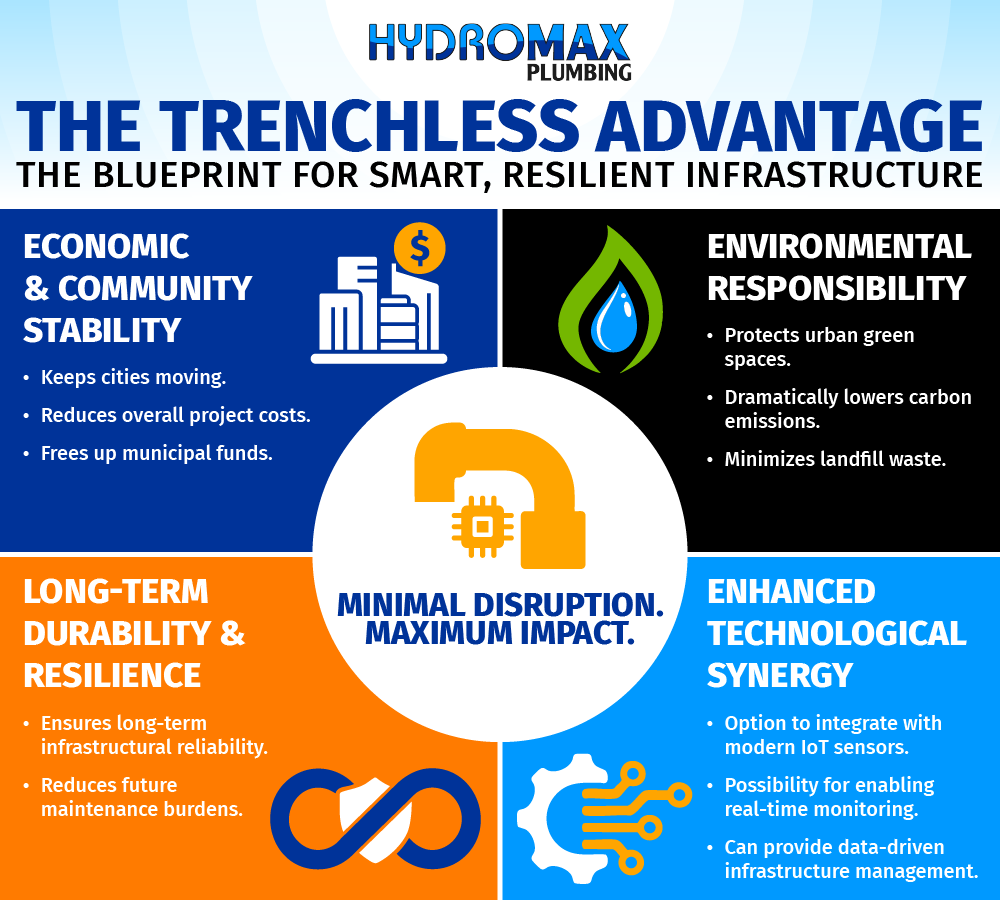
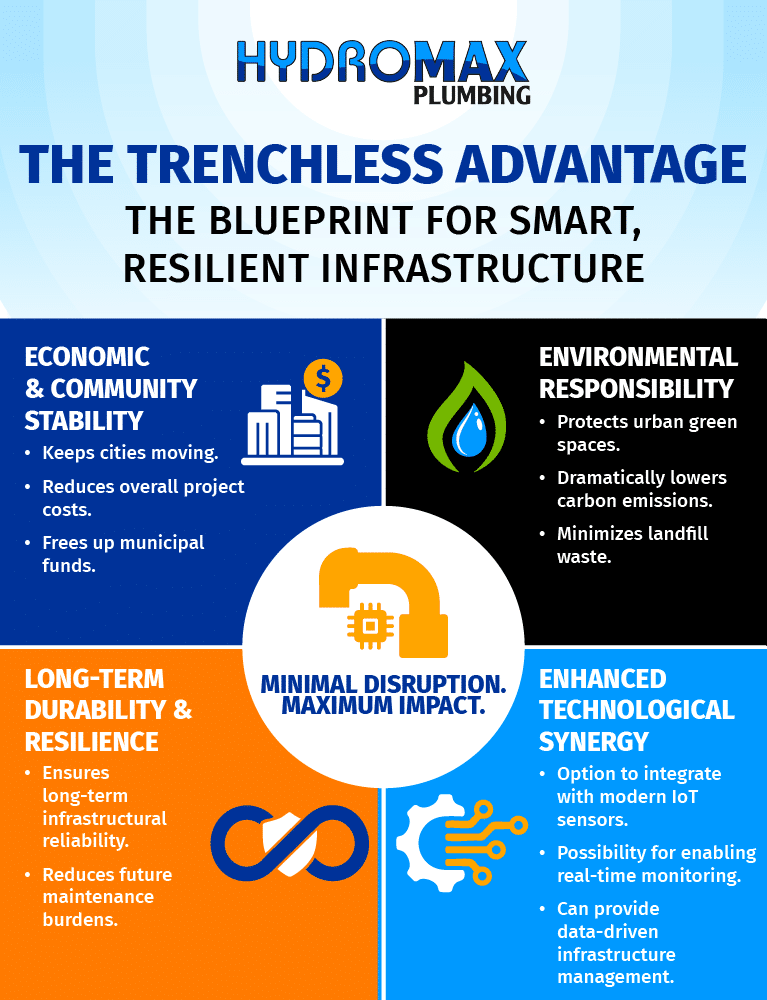
Trenchless pipe repair methods deliver a host of powerful advantages that directly address the challenges of modern urbanization. By aligning with the core goals of smart city development, these technologies offer a superior alternative to traditional excavation, providing benefits that are felt across economic, social, and environmental spheres.
Minimal Social & Economic Disruption
One of the most immediate and impactful benefits of trenchless technology is its ability to repair critical infrastructure without bringing a city to a halt.
- Maintains Community Convenience: By working beneath the surface, trenchless repairs are quick, quiet, and do not interfere with daily traffic flow or business operations. This is critical in densely populated urban settings, where prolonged road closures and construction noise can lead to significant economic losses for local businesses and major inconvenience for residents.
- Lowers Overall Project Costs: This approach dramatically lowers project costs by virtually eliminating the need for labor-intensive excavation, large crews, and heavy machinery. Municipalities save substantially on expenses related to digging, backfilling, and landscape or road restoration. These generated savings can then be redirected toward other vital infrastructure improvements.
Environmental Sustainability & Responsibility
At its core, trenchless technology is a green technology. Sustainability is no longer an afterthought in urban planning, and these methods contribute directly to a city’s environmental goals.
- Reduces Carbon Footprint: By significantly minimizing the use of heavy excavation equipment, trenchless methods drastically lower fuel consumption and the associated greenhouse gas emissions. This provides a crucial advantage for cities striving to meet strict environmental regulations and air quality targets.
- Preserves Urban Ecosystems: These minimally invasive techniques protect parks, historic landscapes, and sensitive urban green spaces from the disruption of large-scale digging. With less surface excavation, established trees, native habitats, and natural drainage patterns remain intact, supporting the long-term ecological health of the city.
- Minimizes Waste and Water Contamination: Trenchless repairs generate far less construction waste compared to dig-and-replace methods. Furthermore, by effectively sealing leaks and preventing pipe corrosion, these repairs safeguard urban water supplies from contamination and ensure water treatment facilities can operate at peak efficiency.
Long-Term Durability & Resilience
Trenchless repairs are not just a quick fix; they are a long-term investment in the resilience of a city’s infrastructure. Using advanced, corrosion-resistant materials like epoxy resins and high-density polyethylene (HDPE), these repairs create a seamless, joint-free “pipe-within-a-pipe.” This new structure is incredibly durable and often yields a service life exceeding 50 years, greatly reducing the need for future maintenance and providing lasting value.
Enhanced Technological Synergy
Trenchless repair methods are perfectly suited for integration with smart city technologies. The repair process provides a unique opportunity to embed modern sensors and monitoring equipment directly within the pipeline infrastructure. This ability to easily install IoT sensors supports the shift from a reactive to a predictive maintenance model, enabling real-time data collection on flow rates, pressure, and pipe integrity. This synergy allows municipal teams to detect potential issues early, implement swift interventions, and manage their infrastructure with unprecedented precision.
Real-World Applications of Trenchless Pipe Repair
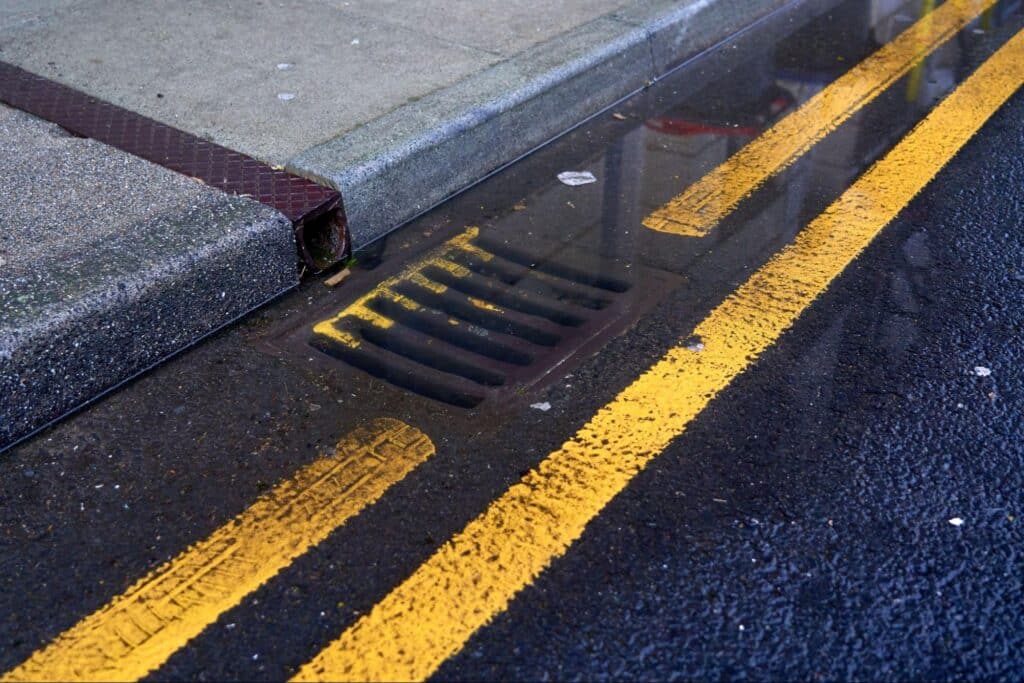
Trenchless technology is already reshaping cities worldwide by addressing a range of infrastructure challenges.
Revitalizing Aging Sewer Systems
In historic and densely populated areas, trenchless methods repair underground pipes without resorting to large-scale excavation. These solutions not only extend the life of aging sewer systems but also maintain community aesthetics and reduce disruptions.
Enhancing Stormwater Management
Upgrading stormwater networks is critical in an era of climate change and severe weather. Trenchless technologies enable rapid repair of damaged storm drains, mitigating flood risks and enhancing overall urban resilience.
Integrating Smart Monitoring
By installing sensors during trenchless repairs, cities gain the ability to monitor pipeline conditions in real time. This integration supports swift detection of issues and ushers in a more proactive maintenance approach.
Scalable Solutions for Urban Growth
As urban populations expand, trenchless methods offer scalable and minimally disruptive solutions to upgrade water, sewage, and gas systems without the need for extensive infrastructure overhauls.
The Future of Trenchless Pipe Repair
As urban centers continue their technological and environmental transformations, trenchless pipe repair is set to become the standard for infrastructure upgrades.
Advancing Materials and Techniques
Innovations in pipe lining resins, robotics, and other advanced materials are making repairs faster, more durable, and environmentally friendly. These cutting-edge developments promise longer service lives and safer, more precise interventions.
Integration with Smart Technologies
The growing adoption of IoT sensors and AI-driven maintenance systems will enable cities to transition from reactive to predictive repair models. Real-time data supports targeted interventions and reduces downtime, ultimately lowering long-term costs.
Meeting Stricter Environmental Standards
Trenchless technologies are uniquely suited to comply with increasingly stringent environmental guidelines. Their minimal disruption not only cuts carbon emissions but also reduces waste, making them a preferred choice for eco-conscious urban planning.
Future-Proofing Urban Infrastructure
By offering scalable and resilient repair solutions, trenchless methods equip cities to handle future growth and extreme weather events. As technology evolves, these repairs will become even more efficient and seamlessly integrated into broader smart city frameworks.
Policy and Regulatory Support for Trenchless Technologies
Government support for trenchless repair methods is on the rise. Regulatory bodies and city planners now favor minimally invasive repair technologies because they reduce environmental disruptions, preserve historical urban landscapes, and promote sustainable development. Public authorities are streamlining approval processes and facilitating access to funding and incentives for projects that utilize these innovative methods. In doing so, the evolving regulatory landscape further cements trenchless repairs as a fundamental component of modern urban planning.
Notably, collaborative models such as public-private partnerships have begun to emerge. At the same time, compliance with important regulations remains a top priority for urban development projects.
Hydromax Plumbing: Your Expert Partner in Trenchless Solutions
Based in Evansville, Indiana, Hydromax Plumbing is a trusted leader in advanced plumbing solutions for municipalities, industrial facilities, commercial properties, and homeowners. With deep local roots and extensive expertise, Hydromax Plumbing specializes in applying trenchless technologies like pipe bursting and lining to achieve efficient, minimally disruptive repairs.
Their comprehensive services include diagnostic video inspections and smoke testing, ensuring problems are pinpointed and addressed with precision. Committed to 24/7 emergency response, Hydromax Plumbing provides fast, reliable service that helps clients avoid costly delays. Aligning with smart city initiatives, the company’s modern approach not only fixes current issues but also prepares communities for future infrastructure demands.
Embracing the Future of Urban Infrastructure with Trenchless Pipe Repair
Trenchless pipe repair is revolutionizing urban infrastructure by delivering smart, sustainable, and cost-effective solutions that align with the modern vision of smart cities. This innovative approach reduces repair time, minimizes disruptions, and preserves natural surroundings—all while offering long-term durability. By addressing the challenges of aging systems, urban growth, and environmental constraints, trenchless technologies pave the way for resilient, future-ready infrastructure that supports ongoing sustainability.
Whether you’re a municipal leader, urban planner, or property owner seeking forward-thinking solutions, trenchless pipe repair is key to creating smarter, greener, and more connected communities. Contact Hydromax Plumbing today to learn more about how trenchless solutions can transform your infrastructure.

